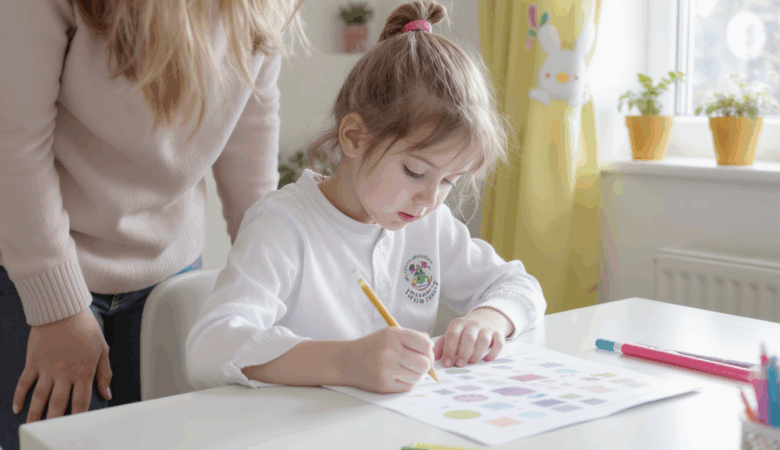If your child is preparing for the 11+ exams, there’s a high chance they will face the GL Assessment format. As one of the most widely used testing systems for grammar school entrance in the UK, GL Assessment plays a crucial role in determining pupil placements. But what is it exactly? And how can you help your child prepare effectively?
This guide breaks down everything you need to know about the GL Assessment, from subjects covered to exam tips, in a clear and accessible way for parents who want to support their child through this journey.
1. What is the GL Assessment?
GL Assessment is one of the main providers of 11+ exam papers in England. The tests are designed to measure a child’s skills and potential, not just their learned knowledge.
Subjects typically include:
- English (comprehension, spelling, grammar)
- Mathematics (curriculum-based and problem-solving)
- Verbal Reasoning (word-based logic)
- Non-Verbal Reasoning (pattern recognition, spatial awareness)
2. Who Uses GL Assessment?
Many Local Authorities and individual grammar schools across England rely on GL papers. Some of the regions that commonly use GL Assessment include:
- Kent
- Lincolnshire
- Northern Ireland
- Buckinghamshire
Always check your local authority’s guidelines or the grammar school’s website for confirmation.

3. GL Assessment Structure & Format
GL tests may vary by region or school, but they generally follow a consistent pattern:
- Each subject is tested in separate papers
- Papers are often multiple choice
- Some areas may also offer standard format papers (written answers)
- Test durations range from 45 to 60 minutes per subject
Pupils may take the test over one or two days depending on the school or local authority.
4. How to Prepare for GL Assessment Exams
Preparation is key. Here’s a strategy to get started:
a. Identify Exam Subjects
Confirm which subjects your child will be tested on, as some schools do not include all four areas.
b. Use Official Practice Papers
Practising with papers that follow the GL format helps your child become familiar with the question types and timing.
c. Create a Study Timetable
Include:
- Weekly revision slots for each subject
- Monthly mock exams
- Time for review and feedback with your child
d. Focus on Time Management
Many students struggle with completing papers within time limits. Regular timed practice using a stopwatch helps build pace and stamina.
5. Why Do Schools Use GL Assessment?
GL exams are designed to:
- Offer standardised assessments across different schools and regions
- Provide objective feedback on a child’s academic ability
- Help schools identify children best suited for selective education
For parents, this means a consistent and structured way to evaluate how well their child is progressing.

6. Common Challenges and How to Overcome Them
a. Verbal Reasoning Vocabulary Gaps
Solution: Build vocabulary using reading time, flashcards, and apps like Quizlet.
b. Non-Verbal Reasoning Confusion
Solution: Use puzzle books, games and logic apps that encourage pattern recognition and problem-solving.
c. Exam Pressure
Solution: Introduce mock tests early and regularly to normalise the experience and reduce fear.
7. Where to Find Good GL Practice Resources
- GL Assessment Website
- Bond 11+ Books
- CGP Books
- Local tutors or online education platforms. You can try Mock Exam Centre here.
You can also join grammar school forums or parenting communities to share experiences and find trusted materials.
8. Final Tips for Parents
- Start preparation early – even short weekly sessions in Year 4 can help
- Encourage effort, not just results – focus on building confidence
- Make learning fun – use games, flashcards and interactive resources
- Talk openly about the exam – demystify the process and reduce stress
Conclusion
The GL Assessment is a major step for many families pursuing grammar school placements. While it can feel like a big leap, breaking the process into manageable steps – from understanding the structure to using the right materials – makes it achievable.
Support, encouragement and consistent practice are the best ways to help your child walk into the exam room feeling calm and prepared.
Continue with our guide: How To Help Your Child With 11 Plus Verbal Reasoning | Expert Tips For 2025 Success










Leave a Reply